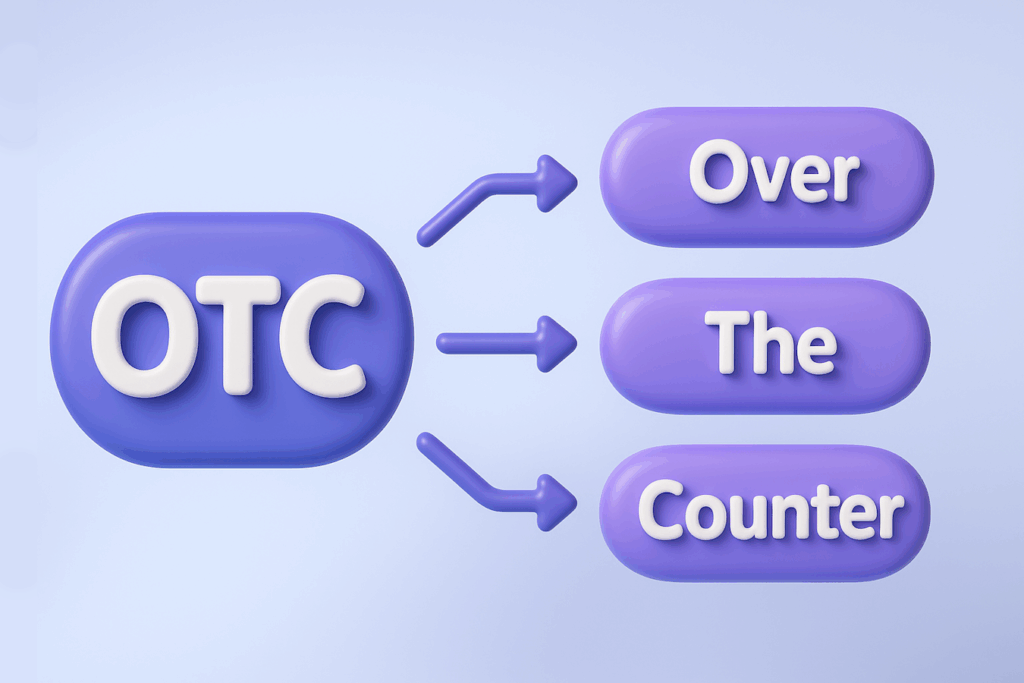share
As the Internet of Things (IoT) continues to revolutionize the way we live and work, it brings with it new challenges in terms of security. The massive amounts of data generated and transmitted by billions of connected devices make them vulnerable to attacks by hackers. In order to address these concerns, blockchain technology has emerged as a promising solution to enhance the security of IoT devices. In this article, we’ll explore the potential of blockchain in securing the IoT ecosystem.
Understanding Blockchain Technology
Blockchain works like a ledger, keeping a distributed record of transactions updated in real-time. Transactions are grouped into blocks (hence the name Blockchain). Blocks are added to the record in real-time. Each block contains a cryptographic hash of the previous one. It also has a timestamp and the transaction details. The blocks are chained together in a secure, tamper-resistant way, making it virtually impossible for anyone to modify the data once it’s part of the chain. There are numerous benefits to adopting blockchain tech, including enhanced security and protection against unauthorized access.
Enhancing IoT Security with Blockchain
One of the biggest concerns with IoT devices is that many lack built-in security features, making them easy targets for hackers. Blockchain can help address this issue by creating a decentralized device identity system. Each device would have its unique identity, which would be stored on the blockchain. This would prevent unauthorized access to the device and protect the data it generates.
What’s more, blockchain can prove invaluable in securing data generated by IoT devices. For instance, you can store data in a tamper-resistant way, with access to the data controlled through smart contracts. Smart contracts are essentially algorithms that execute themselves if a particular set of conditions is met. Smart contracts ensure that the data is only used for its intended purpose.
Another key upside of employing blockchain in IoT security is that it can help prevent Distributed Denial of Service (DDoS) attacks. DDoS attacks are a common type of attack on IoT devices, where hackers overwhelm the device with traffic, causing it to crash or become unresponsive. Distributing the traffic across multiple nodes eliminates the possibility of the whole system going down because of failure in a single element.
Challenges to Using Blockchain for IoT Security
While blockchain technology offers several benefits for securing IoT devices, there are also challenges to consider. One major challenge is scalability. Current blockchain technology is not designed to handle the massive amounts of data generated by IoT devices. However, there are ongoing efforts to address this issue, such as exploring the use of sidechains or sharding to improve scalability.
Another challenge is the cost of implementing blockchain. Blockchain technology can be expensive to implement, which could be a barrier to adoption for some IoT devices. However, as the technology evolves, the cost is expected to come down.
Promoting Security Solutions for Blockchain and IoT
As IoT continues to grow and evolve, it’s crucial to ensure the security of connected devices. At ICODA, we are committed to promoting security solutions for blockchain and IoT. By leveraging the potential of blockchain technology, we can enhance the security of IoT devices, protect users and their data, and foster a more secure digital ecosystem.
Conclusion
In conclusion, the security of IoT devices is critical in today’s digital world. Blockchain technology offers a promising solution to address the security challenges of IoT devices. By creating a decentralized identity system, securing data through smart contracts, and preventing DDoS attacks, blockchain enhances the security of IoT devices. While there are challenges to implementing blockchain for IoT security, the potential benefits are significant. At ICODA, we are dedicated to promoting security solutions for blockchain and IoT to ensure the safety and protection of users and their data.








